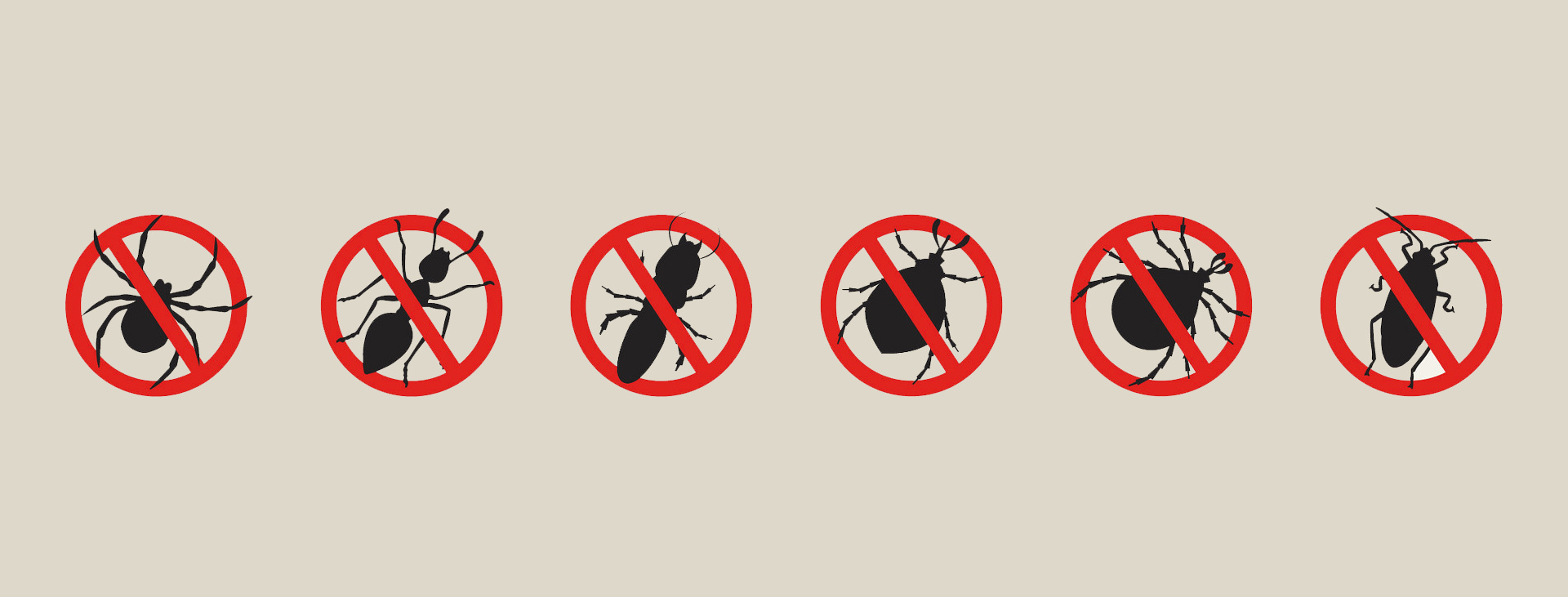Rats and mice in the garden can be a serious problem if you have a wooden shed. This is especially true during the winter months because this is when our furry friends (or foes) begin to look for food, as well as places to hibernate.
A cozy wooden shed is the perfect winter home for mice and other rodents. Wood is easy to chew and gnaw through meaning that gaining access is fairly easy. Wooden sheds often have rot around the base, which provides the perfect opportunity for a rat to construct a home, ready for winter hibernation.
Is an Asgard shed rodent-proof? All sheds from Asgard are made from thick weatherproof metal, which is also totally rodent-proof. This means rats should not pose a problem when attempting to gain entry to one of Asgard's securely constructed rodent proof sheds.
If you haven't yet taken the plunge and purchased a super strong metal shed; we have a few extra handy hints to help deter rodents from making a home for themselves among your lawnmowers, bikes and kids' toys that are stored inside your shed.
Rodent Proof Storage
Mice can chew through things and often climb into places they shouldn't be. This is because much of the foraging and nesting they do in their natural habitat requires skillfully gnawing into things, in order to find shelter for themselves. Chewing on things also keeps their teeth razor sharp.
If you already have a number of small holes in your shed it would be wise to cover these up. One small hole under the size of ¼ inch can easily be exploited by mice and made into a larger hole that they can either nest in or dig deeper into your wooden outbuilding.
Wooden sheds require regular maintenance, so remember to repaint your shed every year to ensure that it is water resistant. Water damage to wood can make it much easier for a rodent get in.
Wooden sheds are easy prey for rats and mice but metal sheds are rodent-proof because they are impossible to gnaw through. With a metal shed rodents pose no real threat. One thing to keep in mind with any shed is to not forget to close the door! Rats and mice can easily just walk in and stay there long after you've locked up after a day of gardening.
Food Sources
If there's food in your shed, rats will try to build their entire community around it. Rats and mice feed on all sorts of things that are often found in your shed, such as wildflower seeds, grass seeds, bird seed and animal feed. It is important to make sure these items are locked up securely, so rodents can't get anywhere near these tasty treats. If you're using a wooden shed for storage make sure you keep food off the ground by installing and using shelving units. You could also put loose seed in buckets, rather than the plastic bags they are supplied in.
Keep it tidy & Keep it Rodent Proof!
A clean and tidy shed goes a long way because rats and mice will happily nest in your garden furniture and sun loungers. Where possible use shelving units and hooks to keep chewable items off the shed floor.
Outside of the shed, try and avoid keeping bins and compost heaps too close to the shed, as this can also draw rodents and pests in. After tucking into your compost bags, rats may then head over to your shed to find warmth and shelter to relax in.
Ground attacks
The floor of your shed is important. You may think your shed is a rodent proof fortress, but a shed without a proper, integral floor is far from secure! A traditional wooden shed often lacks an integral floor, making it easy for rodents and other animals to dig underneath and into a shed with the greatest of ease.
If you want to avoid a serious rodent problem, you should consider purchasing a shed with a secure impenetrable floor. An integral floor will not only prevent sneaky rodents from tunnelling under the shed to gain access, but will provide strength and stability. It will also prevent condensation in your shed, by ensuring moisture doesn't rise from the ground into the shed from below.
Is your shed rodent proof? If it isn't, why not check out some of these rodent proof metal sheds from the security shed experts, Asgard.




















